
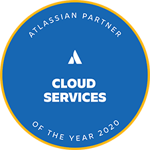

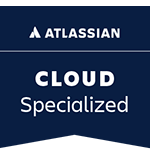
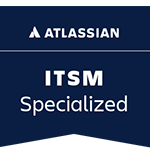
Create seamless connections and manage work across silos
Digital processes reduce workload, increase accuracy, improve visibility, and ensure the velocity of information is at its most optimal. Automations and the alignment of workflows ensure information is delivered efficiently and effectively.
Evolve and integrate technology to innovate and increase agility
Establishing and integrating the right technology into all areas of your business results in fundamental changes. Understand how technology contributes to the transformational opportunities and learn how to adapt it to the specific needs of the business.
Alignment of leadership, teams, and culture
It’s not just about Process and Technology. It’s critical to understand the organization’s culture, agility, leadership, strengths, and work style. Together we get clear on the teams and digital culture necessary to successfully realize initiatives of all sizes.
Leveraging Atlassian’s Cloud can increase revenue and profit while enabling your organization for growth. The journey to the cloud requires a guide. E7 brings a thorough, accurate, and reliable migration plan as well as the expertise and tools to get it done.
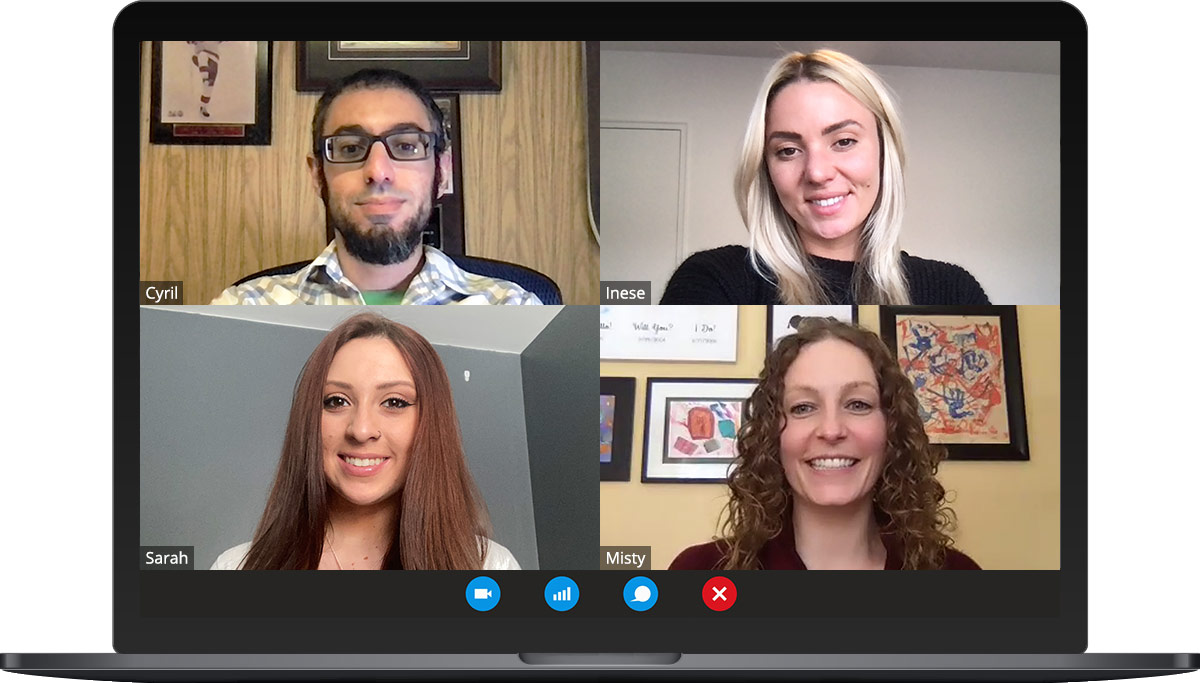
We're ready to guide you and your team in delivering greater value to the company for a fraction of what your obstacles are costing you today.
Let's discover together what it will take.
“The E7 team did a great job for us. They were professional, competent and very dedicated to our success. I really appreciate the sense of partnership we had with them. The end result exceeded expectations.”
“Playing as a team, putting the client first, and helping clients to build their vision. This is where E7 excels.”
“The E7 implementation team worked extensively to do an exhaustive “precheck” of our system to ensure our migration would be successful, as well as several test migrations to confirm any necessary configuration changes. And after so much hard work, the actual migration was seamless! One day we were using our “hosted” Jira instance, and two days later we were using the cloud instance.”
“E7 has proven to be a great partner choice in our initiative to move Jira and Confluence from server to cloud. We engaged E7 from the beginning, when we were exploring the move, and have continued to work hand-in-hand as we go-live.”
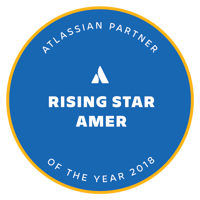
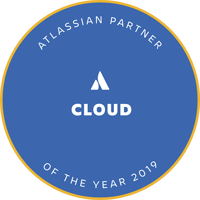
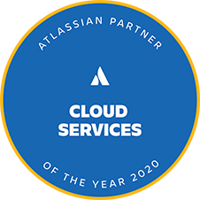
Together we create a viable, realistic strategy for moving (or completing your move) to Atlassian's Cloud. One that fits your resources and your timing. As Atlassian's foremost expert partner, you'll be in the best of hands.
There's nothing more frustrating than having tools and not maximizing their value. From knowing how to use them well, to having the tools talk to each other and to mission-critical apps. We guide your team and get them up to speed on Atlassian tools and the Agile methodology so you're not wasting a drop of money or productivity.
We go even further, integrating your Atlassian tools with your most important systems so everybody's sharing data and they're all on the same page. No more surprises or lost information. Along the way, your business processes get refined and Atlassian tools are tweaked to match them. That's a huge win-win.
As an Atlassian Platinum Partner, we simplify buying and managing new software licenses and renewals for your Atlassian products so you can focus on delivering your projects.
Take advantage of our license management to maximize your investment and ensure all your Atlassian tools are properly upgraded and updated.
.png?width=300&height=115&name=New%20Project%20(1).png)